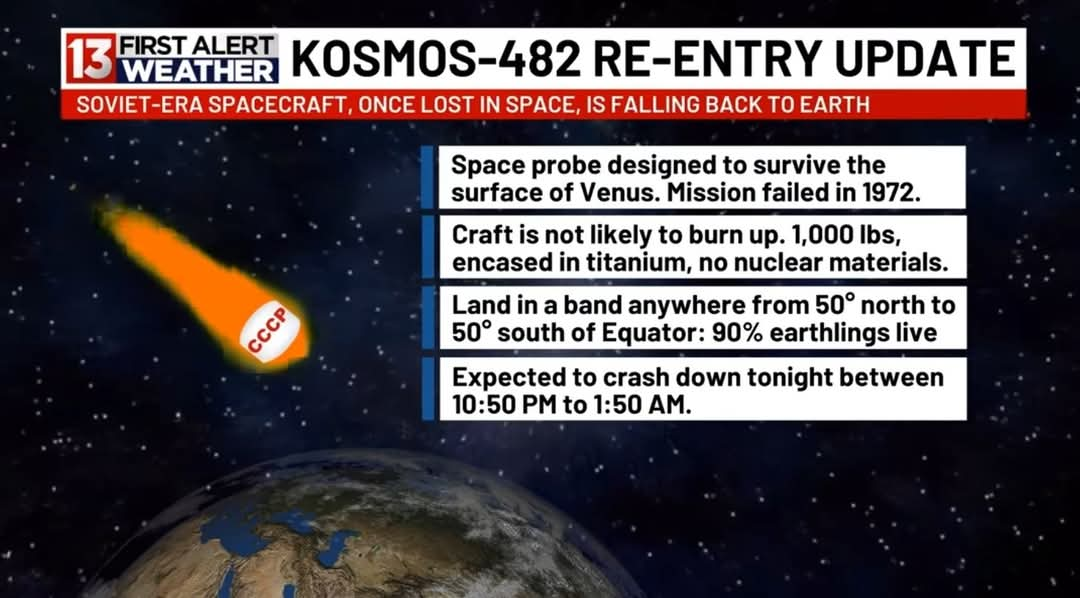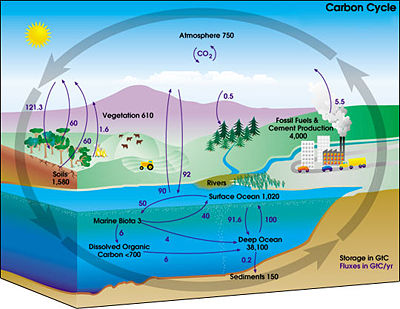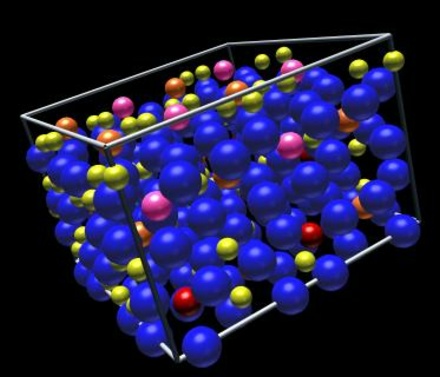 The 53-Year Odyssey Of Kosmos 482 And The Push For Sustainable Space
The 53-Year Odyssey Of Kosmos 482 And The Push For Sustainable SpaceA Fallen Spacefarer Returns to Earth...
 Mammals On The Ground Before The Dinosaurs Were Gone
Mammals On The Ground Before The Dinosaurs Were GoneFor decades, natural history books have taught that when a catastrophic asteroid struck Earth...
In this article I'm going to examine how student feedback plays a pivotal role in enhancing learning...
 The Earth Beneath Our Feet: How The Zagros Mountains Are Shaping The Middle East
The Earth Beneath Our Feet: How The Zagros Mountains Are Shaping The Middle EastThe Zagros Mountains are nestled in Iran, northern Iraq, and southeastern Turkey, and are the scene...







